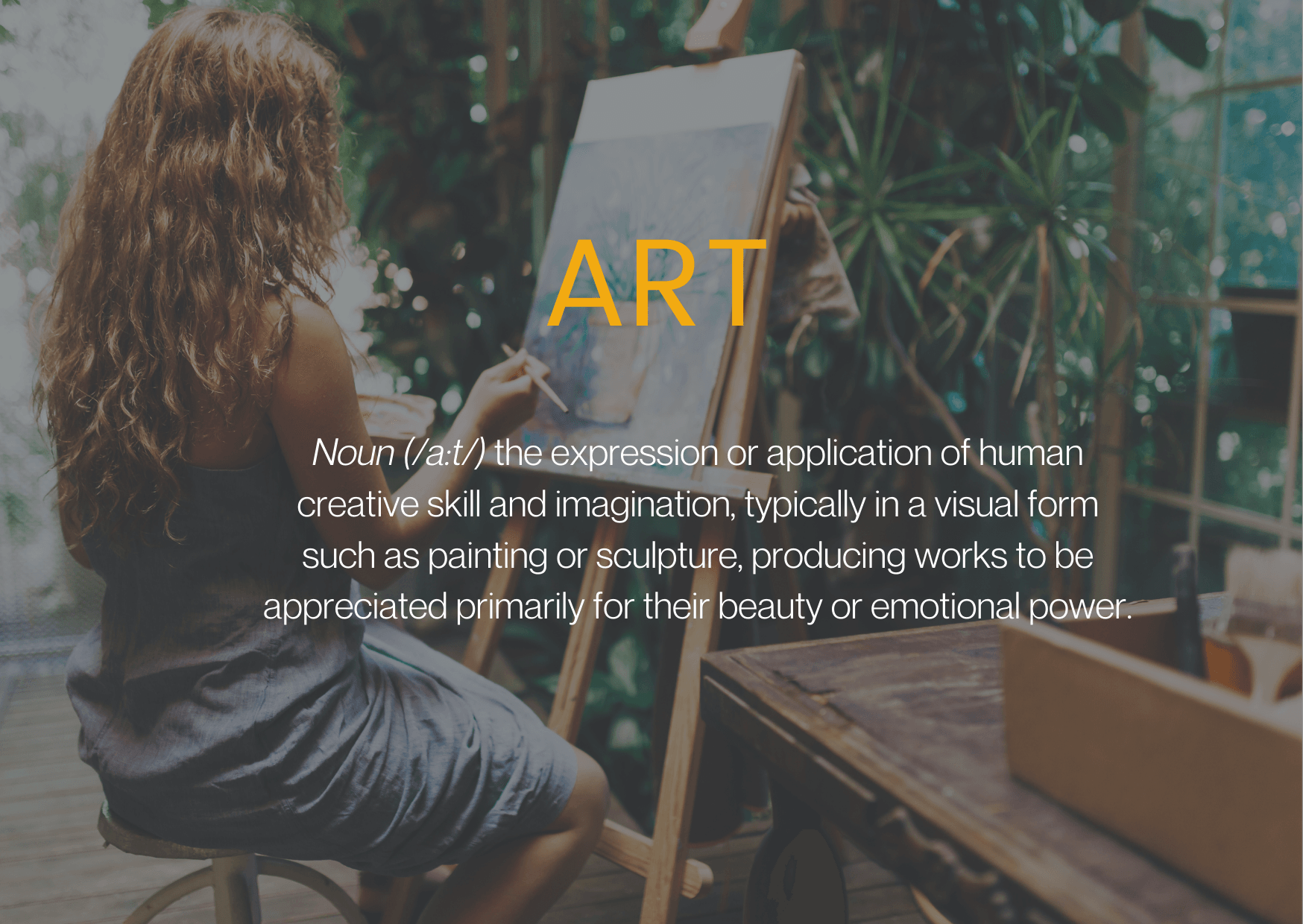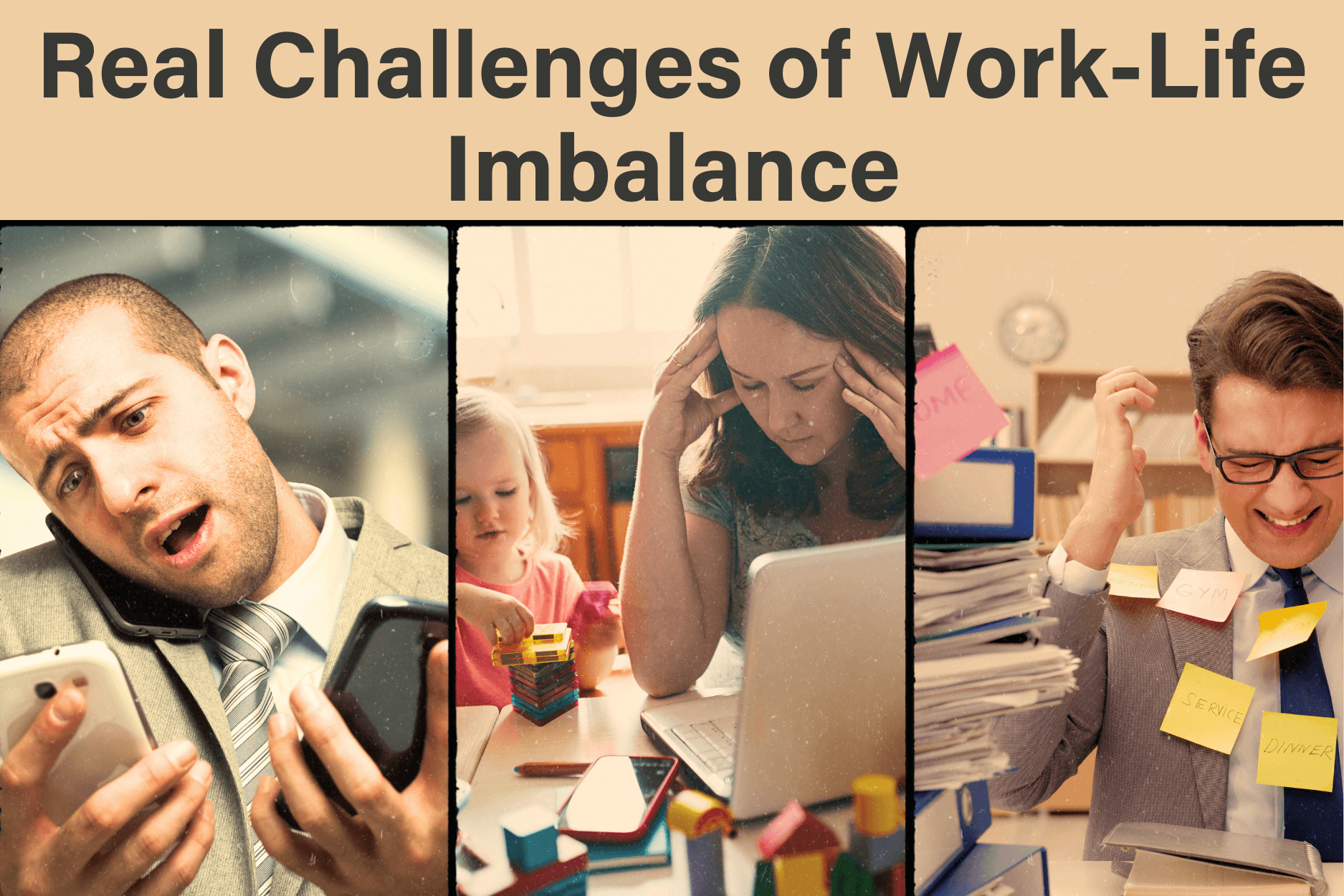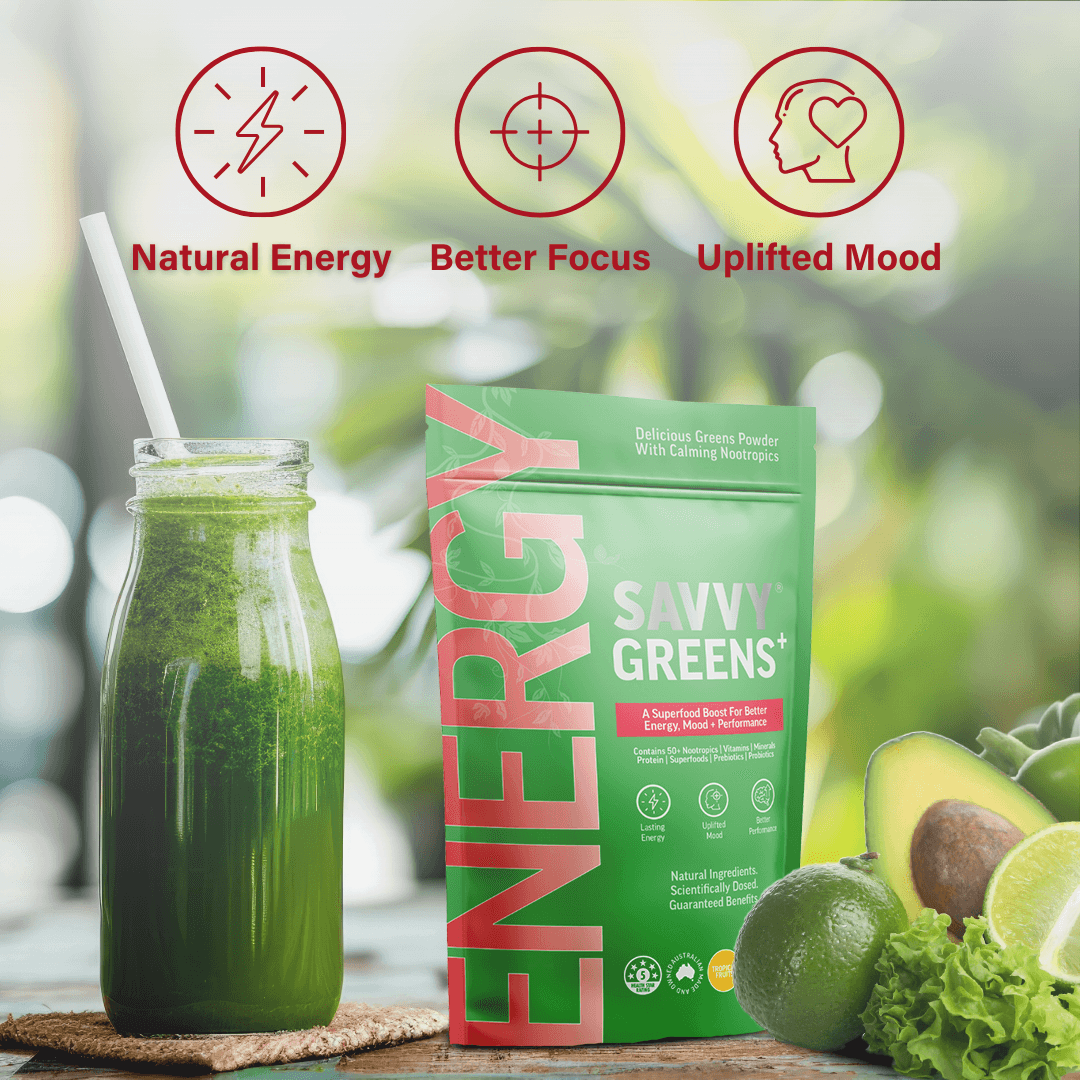
The Benefits of Art for Brain Health and Well-Being

Article at a glance:
|
Keeping Art In Mind
Eric Jensen is a leader in neuroscience and education. In his book Arts with the Brain in Mind [2] , he explains that motor capacities, attention, cognitive and emotional sensors are all used in art, as well as many other parts of education.
The professor of Art Education and Research at The University of Columbia, Judith Burton, agrees. She reveals that Mathematics, Science and Language all use complex cognitive and creative capacities that are also used in art.
Art Relieves Stress and Calms The Mind
Creating art allows you to focus on the details. This focus occupies your brain and puts it into an almost meditative zone, also giving your brain a temporary break. The average person has more than 70 000 thoughts a day [3] , many of these thoughts can create stress and creating art can alleviate this stress [4] .

The Adult Colouring Books
Adult colouring books are very popular. [5] “Colouring books have been shown to reduce stress and promote relaxation due to their inherent qualities, such as the ability to remain present and focused on the image and provide temporary relief from life stressors,” says Martha Dorn of The Art Therapy Project, a New York-based nonprofit organization. She continues, “Similarly, the images in coloring books are pre-made, so the creative energy is placed into the catharsis of repetitive coloring strokes to complete the image”.
Creativity and Problem-Solving Skills are Boosted
Dr. Lawrence Katz, PhD, an internationally recognized leader in neuron regeneration research and author of Keep Your Brain Alive: 83 Neurobic Exercises to Help Prevent Memory Loss and Increase Mental Fitness. Explains that mental decline is not due to the loss of brain cells, but the decline in communication between brain cells. Exercises such as art can be used to boost the brain and improve brain health.
An Increase in Brain Connectivity and Plasticity
When engaging in something new and complex, the brain creates new connections between brain cells. This is known as plasticity or neuroplasticity. Creating art activates many different parts of the brain and can help with improving this [6] .
Art Increases Emotional Intelligence
Art can also increase your emotional intelligence. Viewing art can evoke emotions of empathy, sympathy, happiness, sadness and everything in between.
An experiment was conducted with students on a museum tour. The results showed that even an hour spent viewing art increased empathy and tolerance towards others as well as increased critical thinking skills [7] .

A Sense of Achievement
Although art can be nerve-wracking when starting a piece, it can also be very rewarding. Despite worry and fear, engaging in visual expression results in the reward pathway of the brain being activated, says Girija Kaimal, author of the study The Arts in Psychotherapy. When doodling or colouring in, the blood flow to the prefrontal cortex of the brain is increased, activating a sense of achievement and happiness, according to the study.
Art increases the levels of dopamine in the body. Dopamine is the chemical in the brain that causes pleasure and happiness [8]. Dopamine is also known as the “Motivation molecule” and can boost motivation, focus and concentration. A sense of accomplishment and self-esteem is also boosted when completing an artwork.
Health Benefits
Aside from reducing stress, those who create art are also less lonely, have less anxiety and are less depressed. This was shown through a study by The Research Center for Arts and Culture (RCAC) at the National Center for Creative Aging (NCCA). They did a study with mature artists and found they are highly functioning members of society and volunteer more [9] .
Memory loss diseases, such as Dementia and Alzheimer's can also have symptoms of aggression, loneliness, depression and anxiety. Art can increase cognitive abilities and memory, which can aid in reducing the symptoms of brain diseases [10] .
Art can also help those with chronic diseases. It helps them focus on something creative and express themselves and their feelings.
Art As A Form of Therapy
Many studies have shown that both adult colouring therapy, as well as traditional art therapy, have been known to decrease stress and anxiety as well as boost the moods of patients. Art therapy is also a safe space for patients to process their emotions and express themselves. [11]
Art Therapists are trained in both therapy and traditional art. They can be educated in psychology, human development, artistic traditions and the healing potential of art. Many rehabilitation clinics and wellness centres have studios dedicated to art with supplies patients may need.

The Final Brush Stroke
To conclude, art has many benefits for the mind, body, emotionally and psychologically. It can assist with brain function [12] , even for patients with chronic and brain diseases.
Art can calm the mind and be used as a form of meditation. Both adult colouring and traditional forms of art are soothing for the mind and can bring focus.
A little bit of art can go a long way. Whether it’s a small doodle or colouring in a mandala, a painting, sculpting a mug, or learning a song.
Boost your mind with an art challenge. A healthy mind leads to a healthy body.








